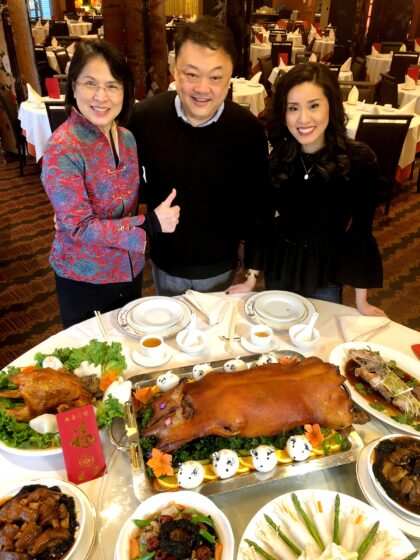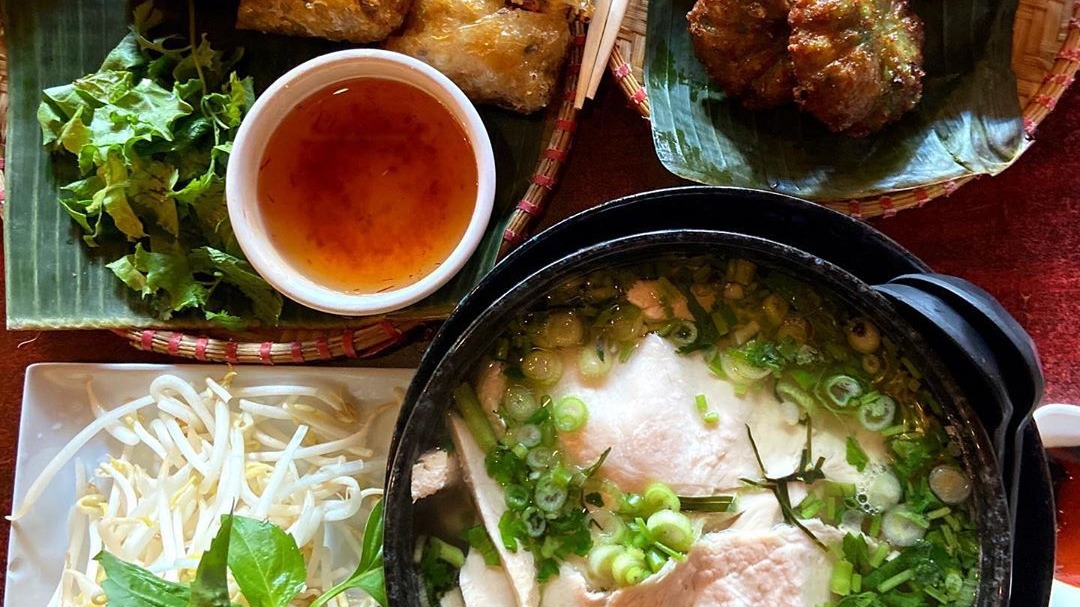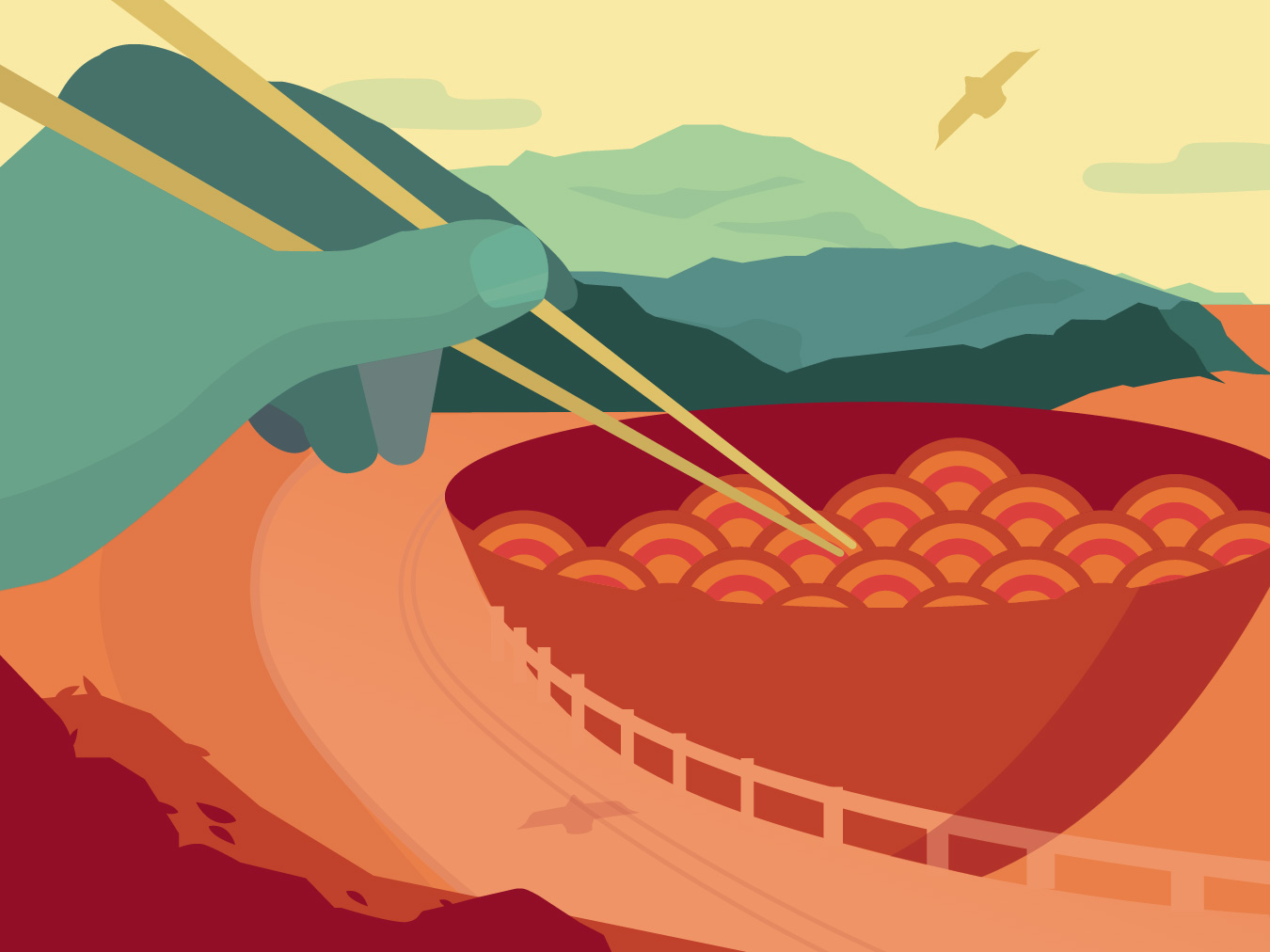In early March, I was still eating out almost every day. Business at Vancouver Chinese restaurants had dropped off significantly since early February as the usual Chinese clientele began to apply social-distancing practices in response to news of COVID lockdowns in Greater China. Local diners, including myself, were making a strong show of support by frequenting Chinese eateries as much as possible.
I was still taking visitors from Seattle to some of my favourite places, including an epic dim sum throwdown at Golden Paramount Seafood Restaurant. My friends were in awe of the full and bustling Vancouver restaurants, considering Washington State had implemented a shut-down a week or two earlier. I’ve always been very proud of our deep and varied dining landscape, but my smug enthusiasm had blinded me to the possibility of a full COVID lockdown—and the resulting implications were deeper than I could have imagined.
For my immigrant family, restaurant dining was an important part of how we found our place in Vancouver. My parents arrived in the 1960s—not knowing a soul. Legendary Chinatown restaurants such as the Green Door, Marco Polo, and Ming’s Garden provided them with an immediate sense of community.
I remember crowding into the original Hon’s Wonton House on Pender with my father, for whom a bowl of proper Hong Kong–style noodles was an obsession. As my aunts and uncles joined my parents in Canada, the births of my cousins and other key milestones were marked by banquets at the New Diamond (now the Emerald Supper Club and Cocktail Lounge).

The author, centre, dining out pre-pandemic. Photo courtesy of Lee Man.
As my parents became more confident, our dining out-world expanded; good report cards were celebrated at the Old Spaghetti Factory in Gastown, out-of-town visitors were taken to the Top of Vancouver Revolving Restaurant at Harbour Centre. There was a palpable sense of arrival when we started going to restaurants like Bishop’s, Bridges, and Lumière. As a little girl in Hong Kong, my mother could not have imagined that these restaurant doors would be open to her—whole worlds of hidden knowledge and experiences. Dining out was an expression of my parents’ living their new lives to the fullest.
Early on, I was taught to be not just a customer, but also a proper patron of good restaurants—that it was important to cultivate long-standing relationships and to show respect for people who worked tirelessly, yet invisibly, to provide the best food and dining experiences possible. It is easy to think that a restaurant is completely centred around the diner, but it is also a very personal expression of the owner—the best version of themself brought forth through tenacity and incredibly hard work.
When restaurants were shut down, I was heartsick with worry—not just for the financial toll that was being inflicted on an industry with notoriously razor-thin margins, but also the existential crisis of being denied a sense of community. A cornerstone of how my family and I engaged in our public lives vanished with painful abruptness. A whole world had shut down all around me, and I was bereft.
Before restaurants started reopening, I tried to support them through takeout and gift cards. But even if restaurants’ financial issues could be addressed, much deeper needs were left unmet. The need to create places of respite and heartfelt enjoyment. The need to feel cared for and engaged—to be seen, heard, and made whole.
I’ve made a point of dining out at many of my favourite restaurants as they have reopened. Chinese restaurants such as Dynasty Seafood and Landmark HotPot House have been able to follow templates set in Hong Kong and Taiwan in terms of best practices. Many other restaurants are still finding their footing of balancing new protocols while continuing to provide a sense of welcome and hospitality. Everyone on both sides of the table is trying to figure things out in this new world.

From the author’s recent trip to Mr Red Cafe. Image courtesy of Lee Man.
A recent meal at St. Lawrence Restaurant perhaps shows the way forward. Meals are pre-purchased via a ticketing system to minimize unnecessary contact with restaurant servers. Certainty around payment means the three-course table d’hôte menu is both absolutely delicious and tremendous value (though add-ons are available and inevitable—accept that you’ll give in to temptation). Masks, gloves, and frequent handwashing by staff are visible and apparent. The tables are well spaced and separated by beautiful teak panels that give the room an old-fashioned clubby feel. These precautions have allowed the restaurant to feel like it is fully itself again—a sense of joyfulness and plenty prevails. The cadence of the meal may have changed, but the voice of chef/owner J-C Poirier remains clear and true.
The COVID shutdown has forced a much-needed inward reflection across the restaurant industry, and the seismic cultural shifts of the Black Lives Matter movement has laid bare hard and uncomfortable truths. Trying to go back to how things once were is a false nostalgia that is neither possible nor desirable.
I eat out with an even greater sense of appreciation and connection, now. I’ve always been willing to pay for good food, but now it is important not to shy away from the real cost of a meal. If we continued with the race-to-the-bottom pricing that marked many parts of the industry before COVID, the health and well-being of restaurant workers would inevitably be put at risk. No meal out is worth that.
My life has unfolded in unexpected and wonderful ways against the backdrop of dining out, connecting and sharing with family and friends. Restaurant dining is perhaps the most accessible and democratic form of public art we have. It is a profound expression of kindness and inclusion that deserves continued support and appreciation. I can’t wait to see everyone.
For more about Vancouver restaurants read our Food and Drink section.









